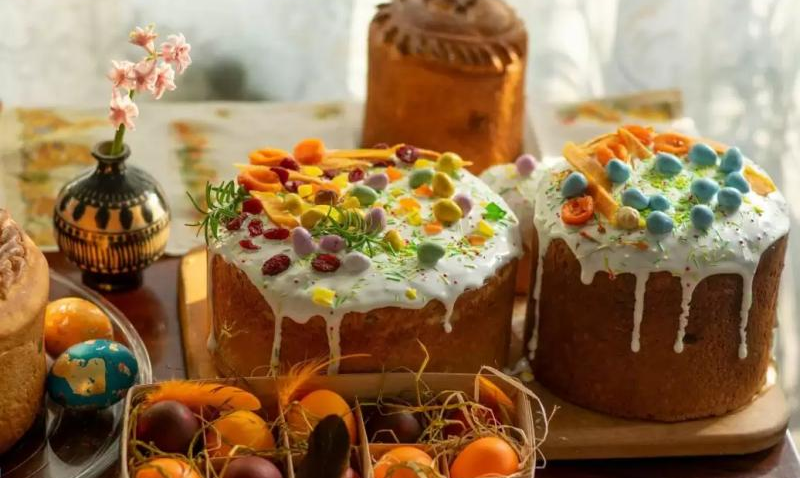
Easter calendar: when to buy willow, bake Easter and meet Radonitsa
Easter holidays are one of the most important periods for believers. That is why they are always prepared in advance. We have prepared a church Easter calendar for you so that you do not miss a single event.
April 27: Lazarus Saturday
Lazarus Saturday is an event when the Church remembers the resurrection of Lazarus by Jesus Christ on the fourth day after his death. Although Lent is still going on, believers can relax it a little. In particular, it is allowed to add fish (including caviar), oil and wine to the diet.
April 28: The Lord's Entry into Jerusalem (Palm Sunday)
The Lord's Entry into Jerusalem is a holiday that was established in honor of a special event in the life of Jesus Christ, namely his entry into Jerusalem, which took place shortly before the Crucifixion. On the eve, believers must buy a branch of willow, consecrate it, and then keep it in the house for the whole year to protect against calamity. It is also allowed to relax the fast – fish dishes are added to the diet.
April 29 – May 4: Holy Week
The word “passionate” does not mean sinful in this context. Its meaning symbolizes the suffering of Jesus Christ before the Crucifixion. This is the final stage of Great Lent, during which the last events from the earthly life of the Son of God are remembered in the temples. Holy Week prepares believers for the brightest of all holidays – Easter. Each day of this week receives the prefix “Passion” or “Great”.
In Holy Week, the faithful must come to confession to be cleansed of sins, and then receive communion. It is also the strictest period of Great Lent, on some days believers do not even consume anything except water and bread.
May 2: Maundy Thursday
Maundy Thursday is considered one of the busiest days of Holy Week. During the morning service, priests remember the institution of the Sacrament of Communion by Jesus Christ. This happened during the Last Supper, which the Savior spent with his disciples. On this day, they also remember the meanness of Judas, who was offered 30 silver coins (the value of a slave at that time) for betraying Christ to the Pharisees.
They must also read 12 Gospel passages about the prayer of Jesus in the Garden of Gethsemane, about the kiss of Judas, about the way to Golgotha and the Crucifixion. During this reading, believers stand with lighted candles, which must be taken home.
On Maundy Thursday, believers begin to bake pascha, and also prepare most of the dishes for the holiday table, in particular, dye eggs.
< h3>May 3: Good Friday
Good Friday is considered the saddest day of the Easter calendar, because it was on this day that the Crucifixion of Jesus Christ took place, and then his death on the Cross. Jesus endured six long and painful hours on the Cross. In the Gospel, it is described that His death on the Cross took place at 9 o'clock (this is approximately three o'clock in the afternoon according to our time). Therefore, at 2 o'clock, the Shroud (an icon with the image of the Savior's body) is taken from the altar to the center of the church. On this day, the faithful try not to eat until the Shroud is removed.
May 4: Holy Saturday
Priests change into white robes during the Divine Liturgy, which signifies the moment when Jesus Christ annulled the inevitability of human mortality with His Death. That's how they say “Death trampled death.” Also, on Holy Saturday, the consecration of paschas, eggs, and meat takes place, which will appear on the festive table after the Easter service.
May 5: Easter
Easter or the Bright Resurrection of Christ is one from the most important holidays in the church calendar. The festive Easter service begins on the night before Sunday, although under the conditions of martial law it will be held without parishioners in the churches.
During the service there is a Holy Cross procession around the church, which is accompanied by the Easter bell. The whole week after Easter is called “Bright”. During this period, it is not customary to go to the cemetery.
May 6-11: Holy Week
During this period, believers greet each other with the phrase “Christ is risen!”, to which they respond “Truly He is risen” !”. Great Lent is cancelled.
May 14: Radonitsa
Radonitsa is a special memorial day after Easter when believers go to cemeteries to remember the dead. They carry pieces of paska, meat, sit near the graves and have a festive dinner. Graves are also decorated with fresh flowers.


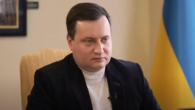
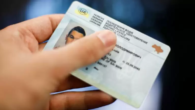


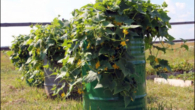
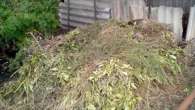

Leave a Reply